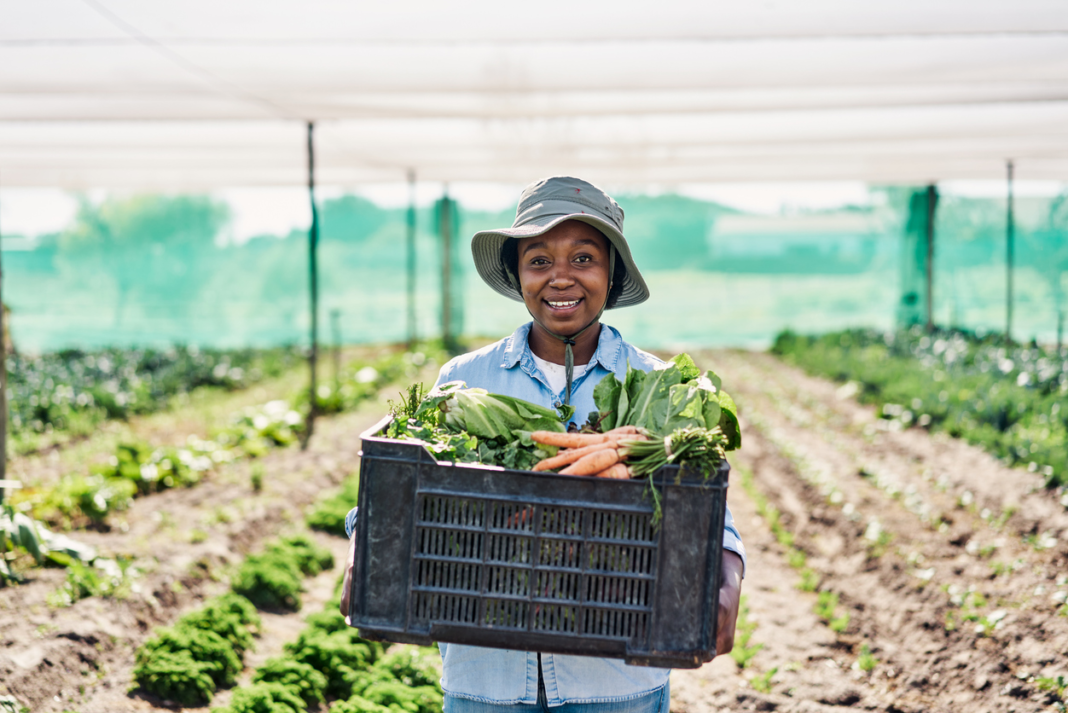Vast stretches of Sierra Leone’s fertile soil remain untouched — just 15% of arable land is currently farmed — and the government says that must change fast if the country is to feed its 8.4 million people.
Agriculture Minister Henry Musa Kpaka says President Julius Maada Bio has made boosting farm yields a top priority, aiming to turn decades of lost potential into a foundation for national food security.
“We have the land, the rain, and the people,” Kpaka told reporters. “What we need now is the commitment to put them together so Sierra Leone can feed itself.”
The scars of the 1991–2002 civil war still run through the country’s agricultural sector. Fields once rich with rice, cassava, and vegetables were abandoned during the fighting. Years of neglect, poor infrastructure, and limited access to modern tools have kept output low despite abundant natural resources.
Now, the Bio administration is rolling out a nationwide plan to:
• Expand cultivated land beyond subsistence farming levels.
• Introduce mechanised equipment and climate-smart techniques.
• Provide affordable fertilisers and improved seed varieties.
• Support smallholder farmers with training, credit, and market access.
Officials say the goal is not just to reduce costly food imports, but to create rural jobs and lift thousands out of poverty. The push also aligns with wider ambitions to turn Sierra Leone into a net food exporter within the next decade.
For farmers like 42-year-old Mariatu Kamara in Bo District, the government’s renewed focus offers hope. “If they help us with machines and good seeds, we will grow more than enough,” she says, standing beside the small rice plot she tends with her family.
But the challenge is steep. Experts warn that without significant investment in irrigation, storage, and transport networks, gains could be slow. Still, for a country where farming is woven into culture and identity, the promise of turning fertile land into full granaries carries powerful appeal.
As Kpaka puts it: “The future of Sierra Leone is in the soil — and we’re ready to cultivate it.”
By Joe Turay




